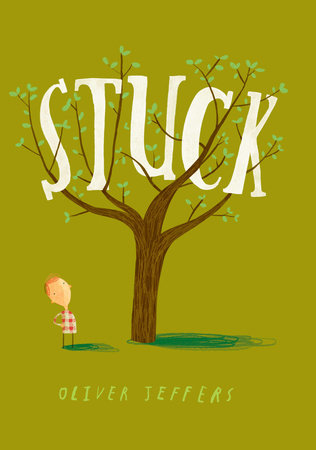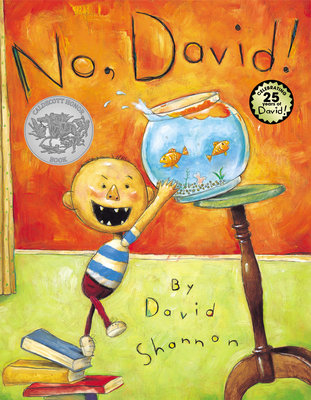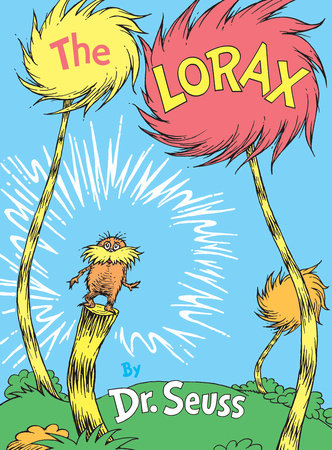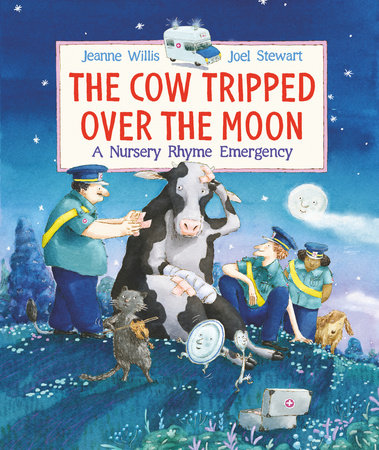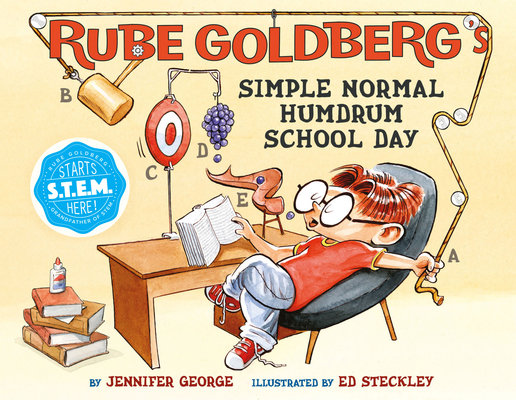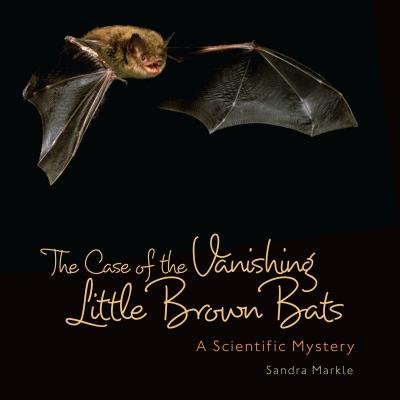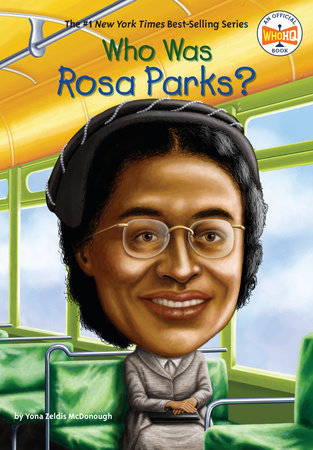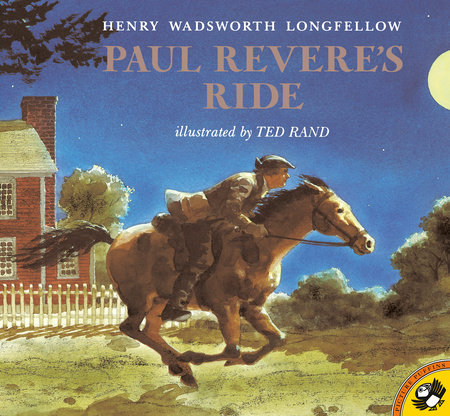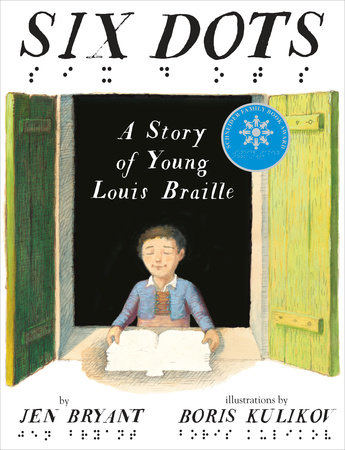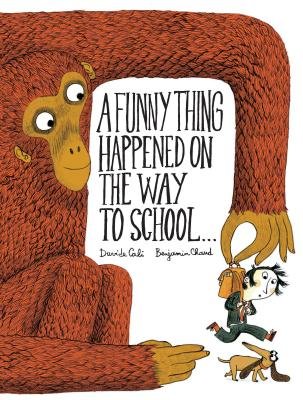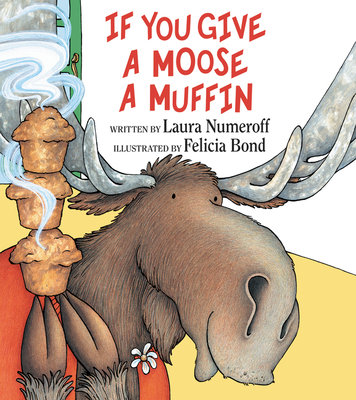Books To Teach Kids About Cause and Effect
by Melissa Taylor
Teaching kids cause and effect develops critical thinking skills important for all ages of children — from the 2-year-old deciding not to run across the street to the 12-year-old deciding how to handle peer pressure. We hope these books guide kids into many thoughtful conversations that spill over into their daily lives.
Before you read, remind kids what cause and effect mean. Cause refers to what caused something to happen; effect is what happened as a result of the cause. You may need to provide examples to make this clear before you read.
In the books below, you’ll find that some books show the effect and readers need to figure out the cause. In other cases, one cause sets off a chain reaction which can lead to multiple effects or multiple cause and effect scenarios. No matter what how the text is set up, all of these picture books provide rich opportunities for kids to think deeply about cause and effect.
-
Stuck
Available from:What will Floyd do when his kite gets stuck in a tree? Try to get it out, of course. Using classic kid logic, Floyd attempts to knock the kite out of the tree — by throwing seemingly random things at it, which also get stuck. This hilarious story will keep your kids guessing what he’ll throw next … and predicting what will finally work to get it all unstuck.
Also available from: -
No, David!
In this funny story, David is always up to mischievous misadventures like tracking mud in the house, splashing water out of the bathtub, and stealing a cookie from a jar on high shelf. As you read, use the illustrations to discuss what isn’t shown — the possible causes and effects of his behavior.
-
The Lorax
Available from:Dr. Seuss wrote this story as a cautionary tale to illuminate what could happen if we don’t care for our environment. When the Truffula Trees are harvested in this make-believe world, it causes animal homes and the landscape to be destroyed. But it didn’t have to be that way. Talk about the cause and effects in the story as well as how it is this applicable in our world today.
Also available from: -
The Cow Tripped Over the Moon: A Nursery Rhyme Emergency
Available from:When nursery rhyme characters don’t follow their storylines, the Nursery Rhyme ambulance works hard to save the day. The cow who was supposed to jump over the moon trips and falls. This makes Rock-a-Bye baby fall, too. When Humpty Dumpty falls off the wall, he causes the weasel go pop. It’s one silly thing after another. What will happen next?
Also available from: -
Rube Goldberg’s Simple Normal Humdrum School Day
Rube uses simple machines in an ironic, not-so-simple way. He designs chain reactions (also called Rube Goldberg machines) to accomplish simple tasks like getting dressed, brushing his teeth, and avoiding his baby brother’s flying food. Study each machine’s diagram to see the order of operations and what causes what thing to happen.
-
The Case of the Vanishing Little Brown Bats: A Scientific Mystery
Little brown bats used to be the most common bat in North America but now they’re dying. The scientists in this book work tirelessly to uncover the reason behind it. If they don’t find the cause and the brown bats die, the insects the bats normally eat will flourish, kill crops, and spread diseases.
-
Who Was Rosa Parks?
Available from:Read this biographical book with the purpose of finding out why Rosa protested the seating rules on the bus and what happened as a result of her protest. As you read, consider what causes her actions and what are the effects of her actions.
Also available from: -
Paul Revere’s Ride
Available from:In this illustrated poem, kids will see cause and effect in multiple situations. The British arrive, which leads to a lantern being hung in the North Church tower causing Paul Revere’s famous ride. Paul Revere’s ride then leads to the colonists being prepared for the British’s invasion. Paul Revere’s Ride is rich for deep thinking about this text structure.
Also available from: -
Six Dots: A Story of Young Louis Braille
Available from:Louis Braille lost his eyesight at a young age. Despite wanting to read, he doesn’t have many books. From this need, Braille invents a tactile system of letters for blind people to use for reading and writing. In fact, it’s one that people still use today.
Also available from: -
A Funny Thing Happened on the Way to School
When his teacher asks the boy why he’s late for school, the boy explains that it all started with giant ants. There were also cannonballs, evil ninjas, and an elephant parade. Readers will agree that there was (clearly) no way the boy could have arrived to school on time.
-
If you Give a Moose a Muffin
These if-then scenarios make cause and effect easy for readers to see (and totally hilarious). If you want to know the consequences of giving a moose a muffin, read this story. Because after giving a moose a muffin, the moose will want jam to go with it. Then, another muffin. And after he eats all the muffins, he’ll want more muffins, and a sweater … and so on and so forth!
For more lesson plans, book recommendations, and reading tips for your classroom or library, check out our Teach Brightly page!

